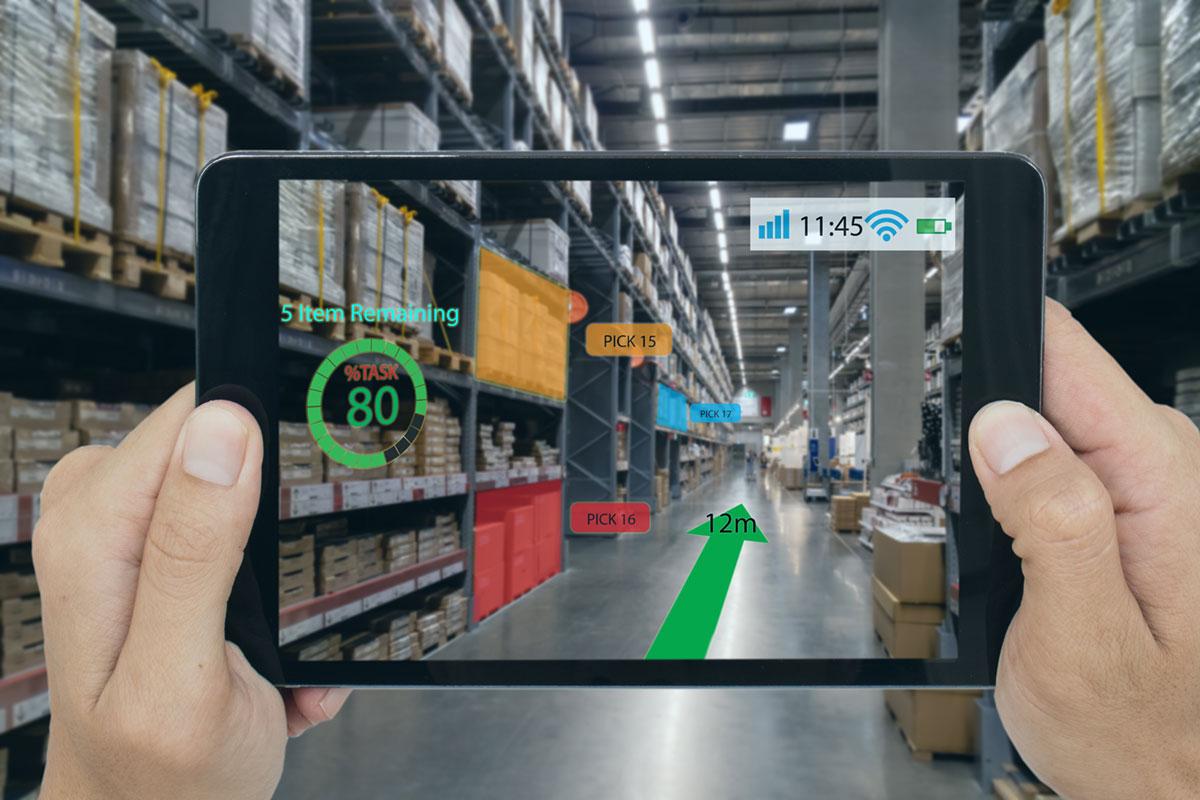
Visualize a room that contains both real furniture and virtual objects such as a digital world globe, a real person who suddenly morphs into a digital avatar, and a lifelike digital version of a dog wagging its tail happily.
What you’re imagining is Mixed Reality (MR), a technology that blends physical reality and the digital world closely together.
MR is a step beyond Augmented Reality, in which additional information is added to that which a user perceives. In MR, the physical and virtual worlds interact, and users can interact with them as well. As computer chip manufacturer Intel’s website explains, MR “provides the ability to have one foot (or hand) in the real world, and the other in an imaginary place.” While AR enhances a user’s perception of the real world, MR can blur the difference between what is real and what is not.
Researchers Paul Milgram and Fumio Kishino first described the concept of MR in an influential 1994 paper, entitled “A Taxonomy of Mixed Reality Visual Displays,” in which they described a “virtuality continuum” that connects the real and the virtual worlds. While Milgram and Kishino initially thought of MR mainly in terms of visual displays, since then MR also has come to encompass information that in perceived with other senses as well.
As an article on MR from Microsoft explains, Mixed Reality can utilize two different types of gadgetry. Holographic devices create digital objects and place them in a real environment so they appear to really be there. Immersive devices, in contrast, help conceal elements of the physical world and replace them with digital creations. A holographic headset, like smart glasses, may have a see-through display with digital content projected onto it. An immersive headset, like VR goggles, may actually block a user’s view of the physical world, so that he or she can only see the digital one. While these two approaches are currently utilizing different technology, according to Microsoft, in the future, the two types of devices may start to merge.
While advances in MR could make movies and video games of the future even more exciting, the technology also has plenty of other useful applications. A 2019 Wired article, for example, describes how MR could be used to guide surgeons to treat tumors and perform delicate sinus operations.
By Patrick J. Kiger. January 7, 2020
More to Explore:
All About Augmented Reality (AR)
History & Science of Virtual Reality (VR)
What is Extended Reality (XR)?
The Science of Self-Driving Cars

